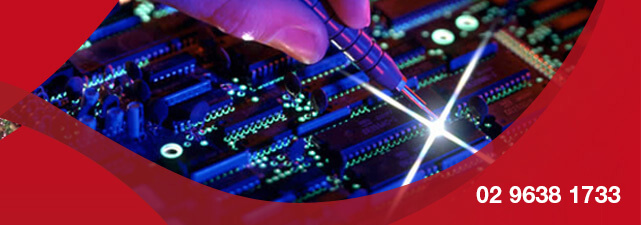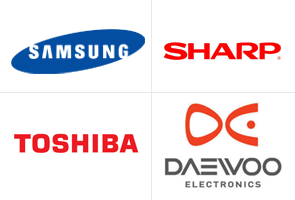SAMSUNG:
Television: I Used An HDMI Conection And I Have No Sound.
If you connect your TV to a video source (a DVD player, home theater system, set top box, etc.) with HDMI, you must set the audio output of the source to PCM audio. If the audio output is set to Bitstream, you will not get any sound. See the user's manual of your audio source for instructions on how to set the audio output to PCM audio.
Television : How do I get the best TV signal?
To view television channels correctly, a signal must be received by the set from one of the following sources:
An outdoor aerial
A cable television network
Plug the aerial or cable network input cable to the 75 ohms coaxial socket on the rear of the television
We do not advise the use of an inside aerial, as interference may be frequent and stronger affecting the viewing.
For More SAMSUNG FAQ please refer to:
http://www.samsung.com/au/support/troubleshootingguides/supportTroubleShootingGuidesMain.do
SHARP:
Television: Will I still be able to use my analogue television after the analogue network is switched off?
To be able to receive free to air TV reception after the analogue transmission is switched off you will need a television that is capable of receiving digital television signals. There are two ways this can happen, you can either convert your existing analogue TV using a digital set top box or upgrade to a Sharp Aquos LCD television with an in-built digital tuner.
Microwave: what is a wave guide cover
Microwaves enter the cooking cavity though an opening in the side or top (depending on the model) of the cavity. The waveguide cover is a thin piece of mica that covers the opening, to prevent cooking residues from migrating back into the waveguide (because it is difficult to clean). The waveguide cover should not be removed.
For More SHARP FAQ please refer to:
http://www.sharp.net.au/articles/support/customer-support/faqs/
TOSHIBA:
Television: One or more channels are not available
The quality of your TV channel reception may depend on broadcast signal quality, or interference caused by external sources. This can result in loss of one or more channels, or noisy/garbled channels. You may troubleshoot this using one or more of the below steps:
1) Check the antenna connection and cabling to ensure the cable is not loose or damaged.
2) Check if the TV has been set to analogue or digital. This can be changed by pressing the ATV/DTV button on your TV remote.
3) Check if the TV’s location/region settings are correct and rescan, or fine-tune, the channels.
4) Adjust your antenna or contact your antenna specialist at your own discretion.
For more information or instructions refer to the product owner’s manual. A soft copy can be obtained through http://www.mytoshiba.com.au/support/download.
Blu-ray and DVD: Not able to play DVD or Blu-Ray discs
Ensure the disc type is supported by your player. For example, Blu-Ray discs will not work in standard DVD players.
Check the player supports the DVD or Blu-Ray disc region you are attempting to play. Australian players are programmed to use region 4 DVDs and region B Blu-Ray discs.
If you are attempting to play burnt discs, ensure the disc has been finalised. This process is performed by the program which was used to create the disc and can increase compatibility with players. However, you will no longer be able to modify the contents after finalizing a disc.
Ensure the disc is clean and free from scratches and marks. You may also try reading these discs on other players to verify the disk is not faulty.
For More TOSHIBA FAQ please refer to:
http://www.mytoshiba.com.au/support/items/faq



